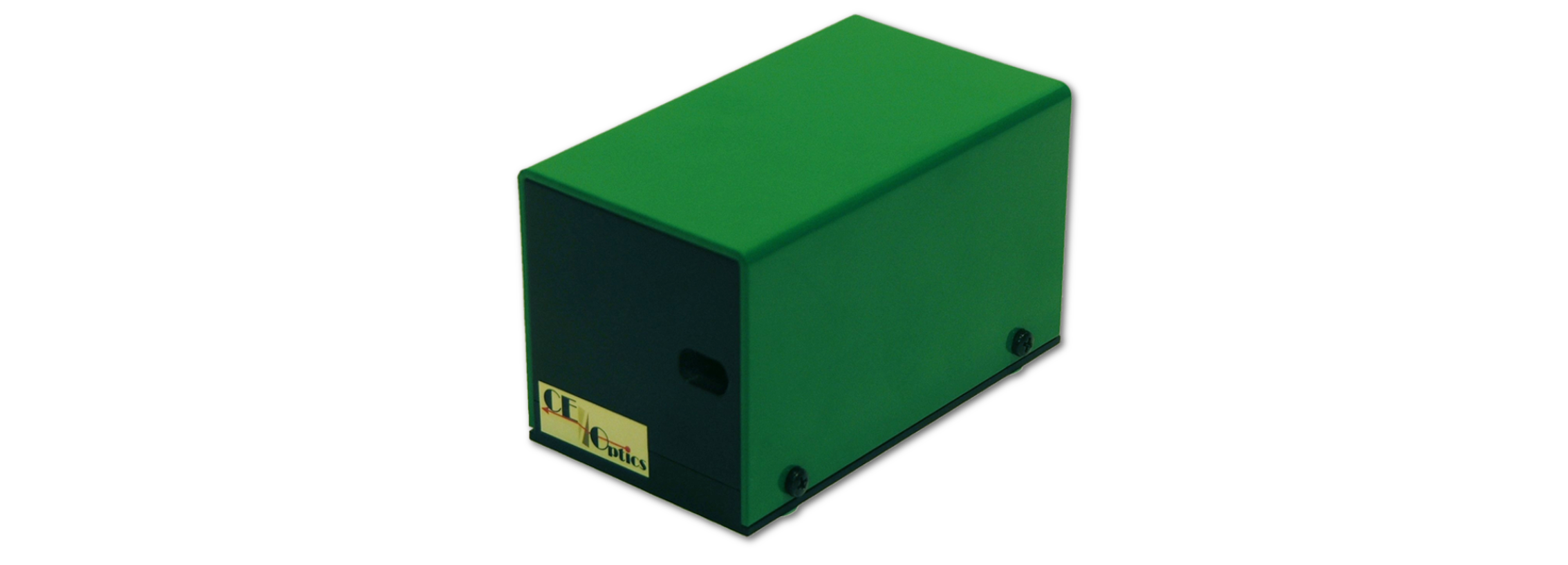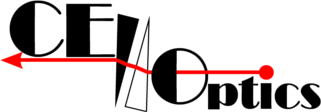
CEOWedges
DescriptionSide effects of current CEP (Carrier Envelope Phase) tuning technology
|
The CEOWedges assembly consists of two thin wedge prisms made from appropriately chosen optical materials. Being shifted as a whole, the assembly allows changing the caqrrier envelope phase with no influence on neither the transit time nor the pulse duration, whereas relative shifting of the prisms enables adjustment of the former. Intracavity applicationsCEOWedges allows for intracavity carrier-envelope control with practically negligible impact on the cavity roundtrip time. This is particularly interesting when the laser repetition rate needs to be independently locked to an external frequency standard. Compared to a set of two silica wedges, the orthogonality of group and phase control is improved by almost two orders of magnitude, without noticeable side effects of spatial chirp or dispersion of the pulses. Since CEOWEdges are able to accumulate large beam diameters and its damage thershold is determined by the bulk glasses, it can be inserted into high intensity laser beams even just prior the interaction or the target. By insertion of CEOWedges into a laser oscillator, the spectral position of the emitted frequency comb can be to high precision controlled without changing the comb frequency or the repetition rate of the oscillator. Extracavity applicationsCEOWedges can be installed into existing and already operating femtosecond oscillators. CEOWEdges ideal for precise carrier-envelope phase control in one arm of a femtosecond or even attosecondpump - probe experiment without inducing detrimental temporal shifts between the arms. Since CEOWEdges are able to accumulatelarge beam diameters and its damage thershold is determined by the bulk glasses, it can be inserted into high intensity laser beams even just prior the interaction or the target. Frequency measurements and TelCom applicationsBy insertion of CEOWedges into a laser oscillator, the spectral position of the emitted frequency comb can be to high precision controlled without changing the comb frequency or the repetition rate of the oscillator. Specification
1) Other designs* are also available depending on the requested specifications of residual change of dispersion coefficients. Please contact CE Optics. |
||||||||||||||||
Features
|
|||||||||||||||||
